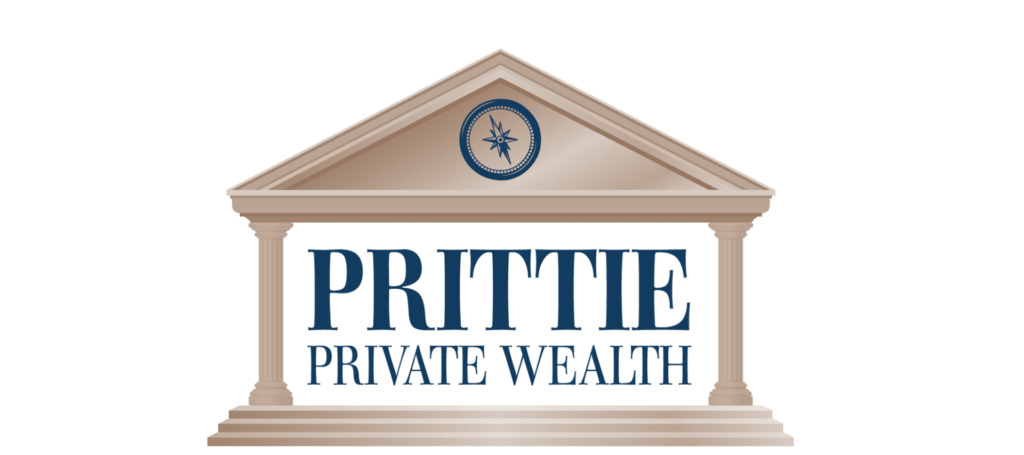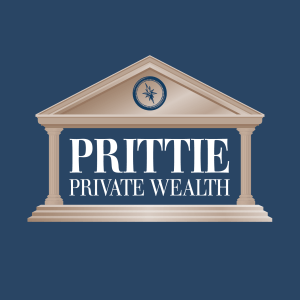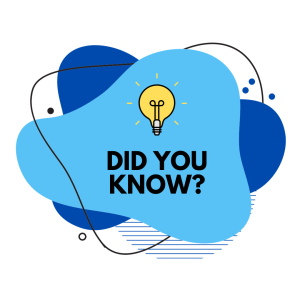Mortgage Fundamentals for Home Purchases

With inflation at its highest level in almost 40 years, the Bank of Canada continues to take drastic action to cool the economy with the latest of five consecutive rate increases announced on September 7. Rising interest rates impact everyone with a mortgage but how and when you will see the impact depends on the type of mortgage you have. We often classify mortgages as either fixed-rate or variable-rate. What may not be commonly understood is that there are actually two types of variable-rate mortgages – adjustable payment and fixed payment – and the impact of rising rates on these two types is dramatically different. Here’s a look at how each mortgage type is affected:
Fixed-rate
Many Canadians choose a fixed-rate mortgage specifically for the peace of mind that comes from knowing exactly what their rate and payment will be for the duration of their mortgage term. Fixed-rate clients don’t have to be concerned with rate fluctuations until renewal time or if they are considering refinancing. Many fixed-rate customers will be faced with the prospect of renewing at a higher rate but for now, the rate increases will have no immediate effect on their mortgage.
Variable-rate with adjustable payment
If you have this type of mortgage, you likely have already felt the impact of rising rates with incremental increases in your mortgage payment over the last several months. The good news is that the higher payment means you are continuing to pay down your mortgage at the same pace and your amortization won’t be adversely affected. If the higher monthly payments are beginning to cause a cashflow concern, get in touch for a review of your situation and we can discuss some options that will work for you.
Variable-rate with fixed payment
Variable-rate mortgages with a fixed payment also have a fluctuating rate which increases or decreases with prime, but unlike adjustable payment mortgages, your mortgage payment remains consistent. This certainly makes life easier from a budgeting standpoint but when rates increase, a greater portion of your payment is allocated to interest and less toward principal. If rates climb high enough, you may eventually hit what’s called the “trigger rate”.
What is a trigger rate?
A trigger rate is the rate at which the allocation of your payment is 100% interest and 0% principal. At this point, your lender may suggest increasing your monthly payments or converting to a fixed-rate mortgage. Although you are generally not obliged to take immediate action, any interest not covered by your monthly payment will be added to your principal. And when the balance outstanding reaches your original loan amount, you hit your trigger point. You will then be required to take action by making a lump-sum payment, converting to a fixed-rate mortgage, or increasing your monthly payment. If you receive a notification from your lender, be sure to reach out to me to review your options before responding.
How do I find my trigger rate?
Your trigger rate will depend on your balance outstanding, your current monthly payment and your repayment schedule. Formulas will vary by financial institution. If you’d like to know what your trigger rate is, feel free to get in touch with me.
Written By: Jean Lamarche, AMP, Mortgage Agent-Invis








